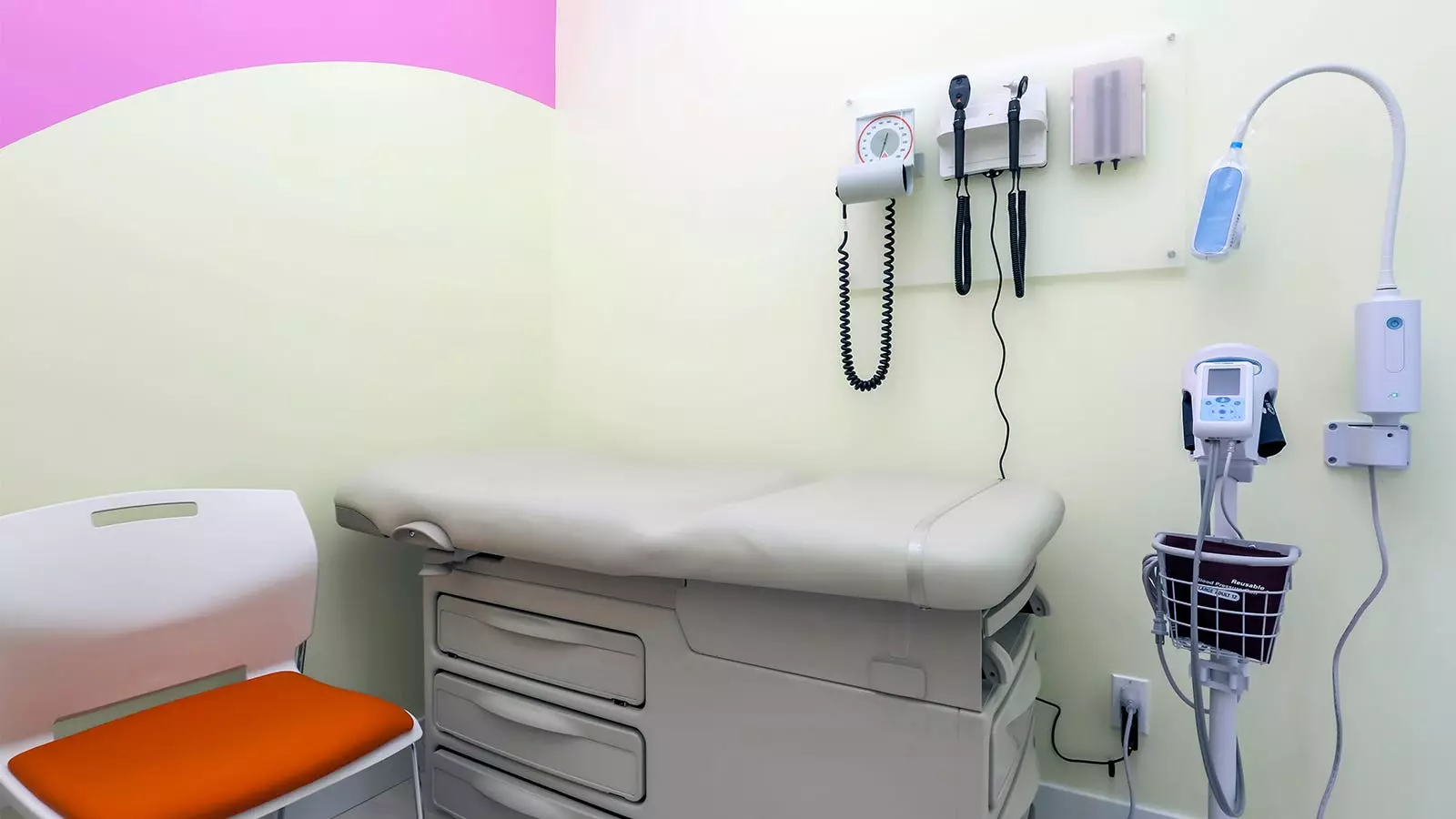The landscape of healthcare has evolved dramatically in recent years, particularly regarding how quality is assessed and measured. As medical professionals, we are increasingly subject to a growing list of mandated quality measures that can, at times, overshadow the primary objective of patient care: building meaningful relationships and addressing individual patient needs. This article explores the duality of maintaining organizational quality standards while fostering a compassionate and therapeutic environment for patients.
Patients often find themselves entering a clinical setting where the initial greetings are coupled with the familiar sight of healthcare providers seated at computers, typing away instead of engaging. The uptake of healthcare technology, such as electronic health records (EHR), has streamlined many processes but has also created a barrier of impersonal interaction. Providers are often caught in a cycle of data entry and compliance, where quality metrics determine not just their payment but also their priorities in patient interactions.
As of 2020, the Centers for Medicare & Medicaid Services (CMS) introduced an astounding 788 quality measures. While these metrics may serve the purpose of improving care on a macro level, they pose challenges on an individual basis. Doctors become increasingly constrained by the checklist mentality, focused on fulfilling requirements—such as screenings and vaccinations—rather than addressing pressing emotional or physical concerns that patients might have. This can foster an atmosphere where deeper, more meaningful conversations about health and well-being become secondary to the completion of bureaucratic tasks.
What’s often overlooked within the health care quality model is the significance of open dialogue between doctors and patients. The exam room can and should be a sanctuary; a space where both parties feel comfortable to discuss not only health concerns but also life’s challenges. Simple inquiries, such as “How have you been feeling emotionally?” or “Any family issues you’re dealing with?” can cultivate an environment of trust, which is crucial for effective healthcare.
Many patients harbor significant life challenges or health fears that remain unvoiced as physicians hurriedly navigate the list of quality checks. Issues such as mental health struggles, domestic challenges, or minor concerns that could indicate larger issues—like cancer—often go unmentioned. This reality necessitates advocacy for a model where the flow of conversation is no longer dictated solely by measures but is guided by patient need.
Integrating Quality and Compassion
The central question arises: how can we harmoniously blend quality measures with compassionate care? One solution lies in proactive engagement through pre-visit preparations. Healthcare systems are beginning to adopt outreach methods that utilize technology—like emails, texts, and online portals—to take the pressure off of office visits by addressing quality measures beforehand. This shift allows doctors to devote more time to those critical face-to-face interactions and less to the bureaucratic hurdles.
Moreover, the approach taken by insurance providers plays a pivotal role. Adding flexibility to payment structures could significantly change how physicians interact with patients. Instead of receiving compensation for individual diagnostics, payment models that account for a patient’s overall care needs would alleviate the stress of ticking off boxes in a limited time frame. Recognizing qualitative aspects of care—such as effective communication, depth of interaction, and thorough clinical reasoning—can transform the healthcare landscape into one that is more holistic, prioritizing patient experience.
The current system has led to many physicians feeling as though they must choose between compliance and connection. However, solutions do exist that can pave the way for a more balanced healthcare model, where quality metrics and intimate patient discussions coexist. As healthcare providers, it is crucial to leverage our unique positions not just as specialists but as empathetic leaders who advocate for the restoration of a doctor’s role in the exam room.
The challenge is to foster a paradigm shift, where the essence of medical practice is about understanding the whole patient, not merely addressing fragmented parts as dictated by quality measures. Finding time to facilitate vulnerable conversations should not be relegated to background noise amid the drumming of checklist requirements.
As healthcare continues to evolve, it is imperative for medical professionals to reclaim their roles in patient care. By embracing both quality measures and compassion, we can redefine the healthcare experience for both providers and patients, ensuring a path forward that honors the complexity of care.

Leave a Reply